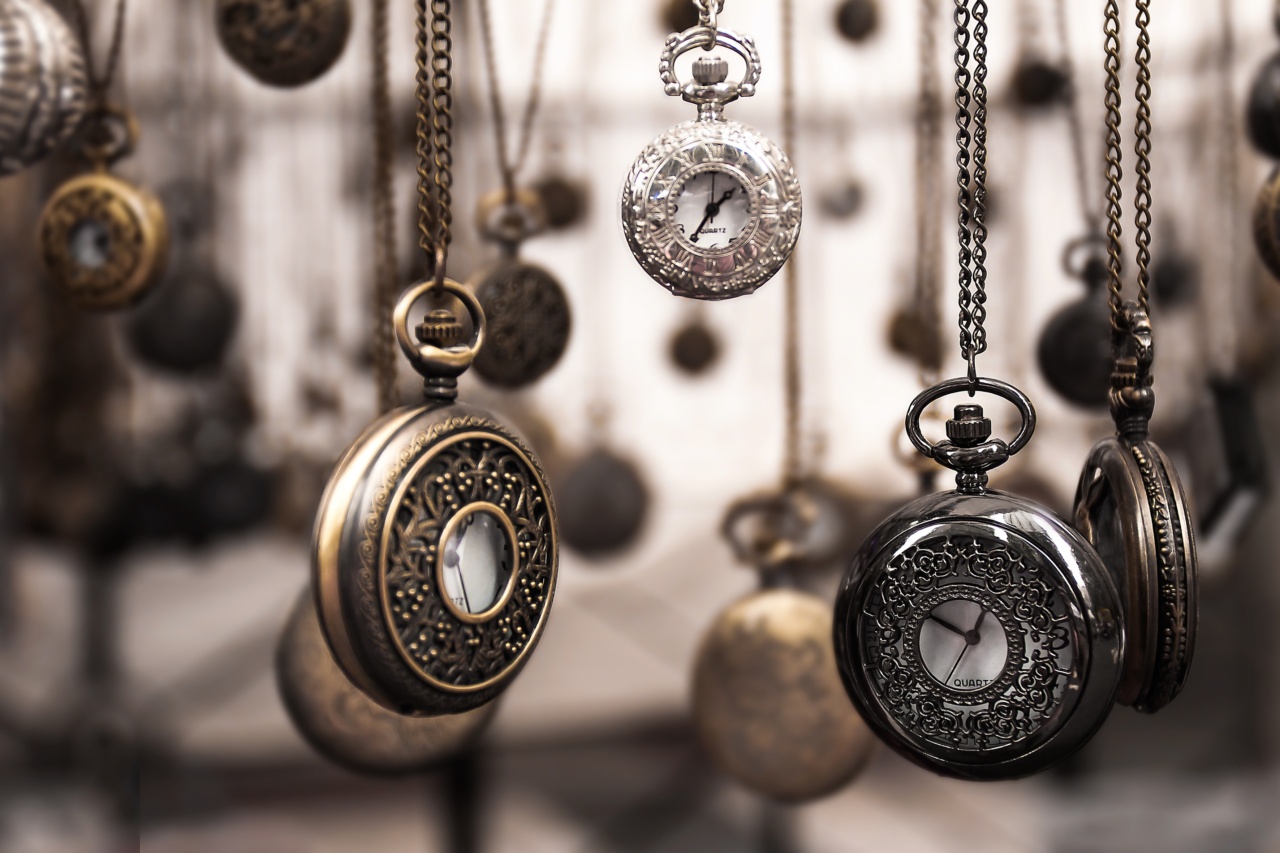Iron is a mineral that plays an essential role in the human body. It helps produce red blood cells that carry oxygen throughout the body, helps the muscles store and use oxygen, and supports the immune system.
However, not getting enough iron can lead to anemia, a condition in which the body doesn’t produce enough red blood cells, which can cause a range of symptoms.
What is iron deficiency?
Iron deficiency is the most common nutritional deficiency in the world, affecting around 2 billion people. It occurs when the body doesn’t have enough iron to produce hemoglobin, a protein in red blood cells that helps carry oxygen.
Iron deficiency can be caused by a number of factors, including poor diet, blood loss, pregnancy, and certain medical conditions.
The surprising symptoms of iron deficiency
Iron deficiency anemia can cause a range of symptoms, some of which may be surprising. Here are some of the most common symptoms of iron deficiency:.
1. Fatigue and weakness
One of the most common symptoms of iron deficiency anemia is fatigue and weakness.
This is because the body doesn’t have enough iron to produce enough red blood cells, which can cause the muscles and tissues in the body to become depleted of oxygen, leading to feelings of fatigue and weakness.
2. Shortness of breath
Another symptom of iron deficiency anemia is shortness of breath. This is because the body doesn’t have enough red blood cells to carry oxygen to the tissues and organs in the body.
As a result, even simple activities like walking up a flight of stairs can be difficult and leave you feeling short of breath.
3. Paleness
If you have iron deficiency anemia, you may notice that your skin, nails, and even the inside of your mouth appear pale in color. This is because the body doesn’t have enough hemoglobin to give these tissues their normal color.
4. Headaches and dizziness
Iron deficiency can also cause headaches and dizziness. This is because the brain doesn’t have enough oxygen to function properly, and as a result, you may experience headaches, dizziness, or lightheadedness.
5. Cold hands and feet
If you have iron deficiency anemia, you may also notice that your hands and feet are cold to the touch. This is because the body is diverting blood away from the extremities to maintain blood flow to the vital organs.
6. Restless legs syndrome
Restless legs syndrome is a condition in which a person feels the urge to move their legs, especially during periods of inactivity or when they’re trying to fall asleep.
Iron deficiency has been shown to be a common cause of restless legs syndrome, and supplementing with iron can often relieve the symptoms.
7. Cravings for non-food items
If you have iron deficiency, you may experience pica, a condition in which a person craves and eats non-food items like dirt, ice, or paper.
The exact reason for this is unknown, but it’s believed to be related to the body’s attempt to obtain nutrients that are lacking.
8. Impaired immunity
Iron plays an important role in the immune system, and not getting enough iron can impair immune function and leave you vulnerable to infections.
9. Hair loss
Iron deficiency can also cause hair loss. This is because iron is essential for the growth and maintenance of hair. Not getting enough iron can cause the hair to become thin and brittle and may lead to hair loss.
10. Brittle nails
If you have iron deficiency, you may also notice that your nails are brittle and break easily. This is because iron is necessary for the growth and maintenance of strong, healthy nails.
Conclusion
Iron deficiency anemia is a common condition that can cause a range of symptoms, many of which may be surprising. If you experience any of the symptoms mentioned above, it’s important to speak with your doctor.
A simple blood test can diagnose iron deficiency, and treatment options include changes in diet, iron supplements, and other medications.




























